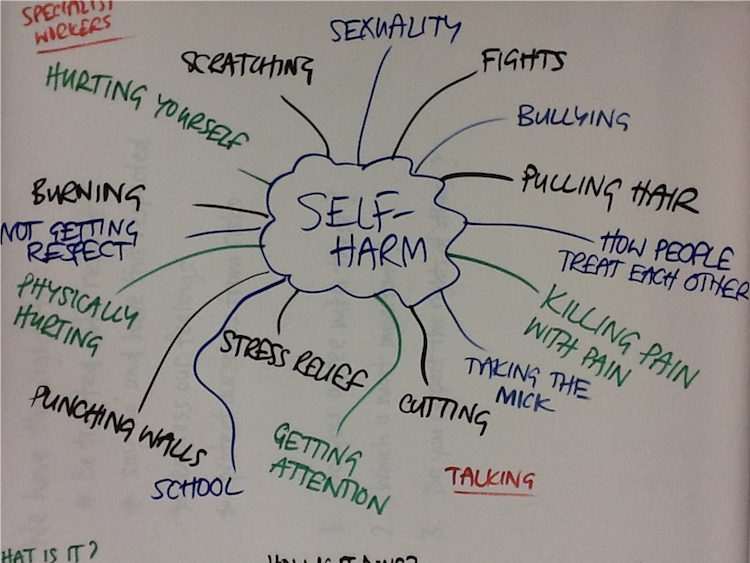
When life is at its most challenging, coping with adversity can be emotional and difficult. Many people resort to self-harm as a way to handle conflict. The reasons for it are complex and varied, and treatment can be a long process. But one thing is clear: it’s not the answer.
What is Self-Harm?
Self-harm is a coping mechanism in which people purposefully hurt themselves, often becoming a habit whenever emotionally difficult situations arise. Cutting, punching, and scratching are common methods. People who self-harm tend to do it in private, hiding scars or marks with long sleeves or pants. Self-harm is frequently inflicted on the wrists, inner thighs, and other easily concealed areas. While self-harm is intended as a coping mechanism, the physical and mental anguish associated with it can actually exacerbate these issues.
Why Self-Harm?
Self-harm is prevalent in and associated with teenagers, but affects people of all ages. As a coping mechanism, there are many reasons people self-harm. They include:
- Poor self-esteem
- Substance abuse
- Family/friend/relationship issues
- Body/sexuality/racial/etc. identity issues
- Physical or emotional abuse
- Loss or illness
- Money/career concerns
- Other emotional stressors
This isn’t an all-inclusive list, and there may be multiple factors.
Quitting and Avoidance Strategies
Self-harm is a habit, and like any habit, quitting is difficult but possible. Regardless of an individual’s age or background, communicating with loved ones or professionals is important, as it can help address the root cause. Coping in healthy ways, such as counseling and open communication, can make the process easier.
Harmless physical substitutes are useful as self-harm alternatives. Snapping a wristband, squeezing a stress ball, or scratching paper with a pen can help replace self-harm. Calming strategies like yoga, deep breathing, or drawing can also help release tension and stress, while exercising can help deal with anger and negative energy.
Most importantly, individuals who self-harm should try to set reasonable goals, starting with having a hopeful outlook. If someone you know is self-harming, be gentle, reassuring, and supportive. Encourage them to find help.
If you self-harm, don’t be afraid. Tell a loved one and contact a mental health professional. No matter what your story or your circumstances, there is a way out.



